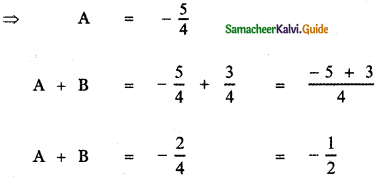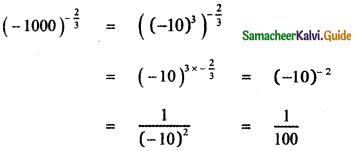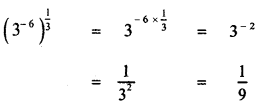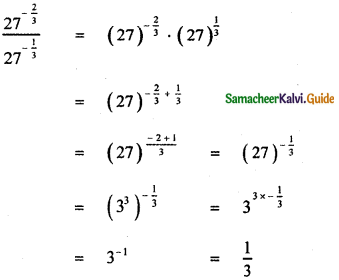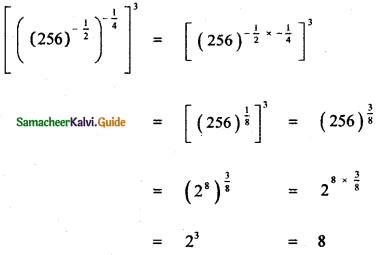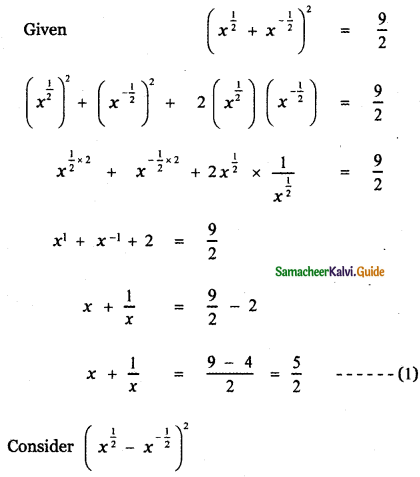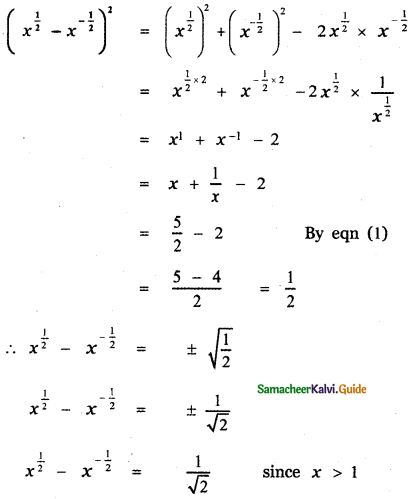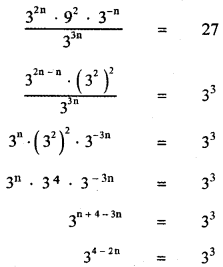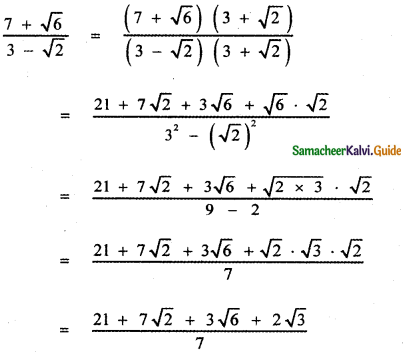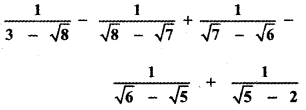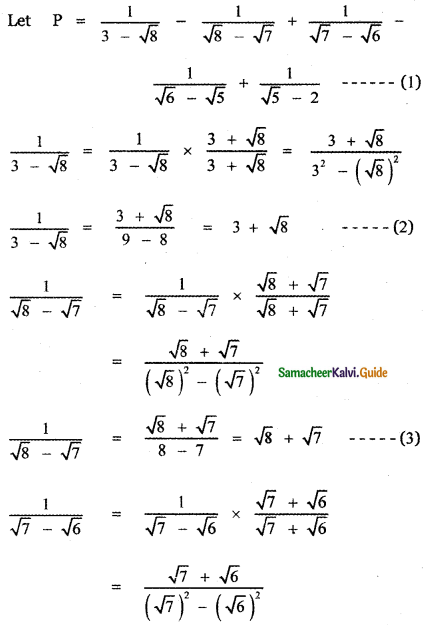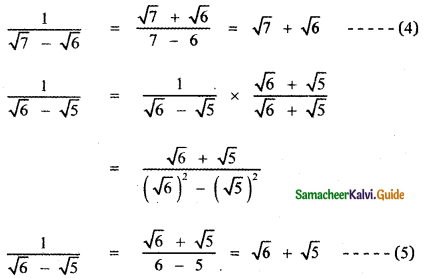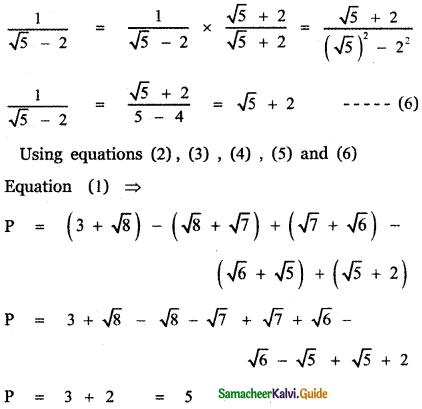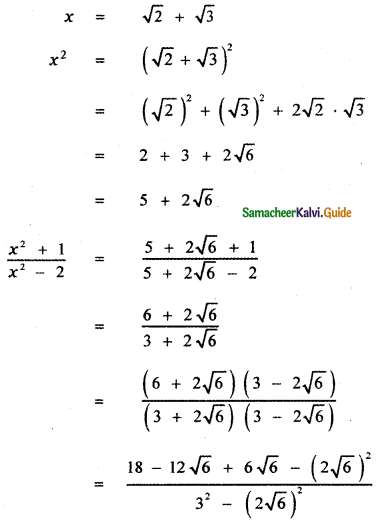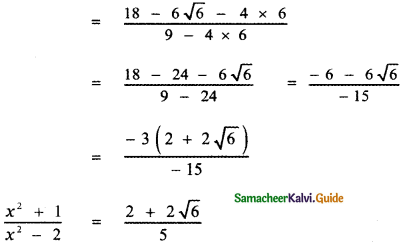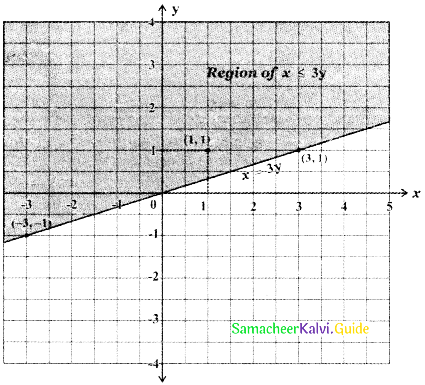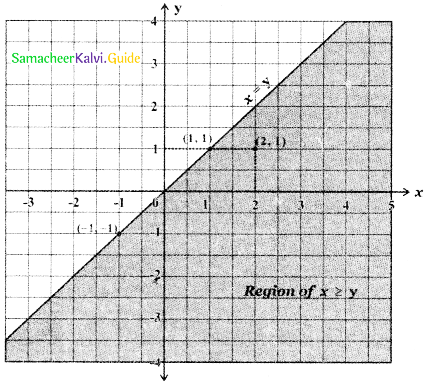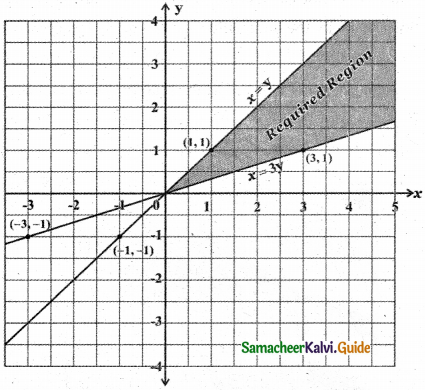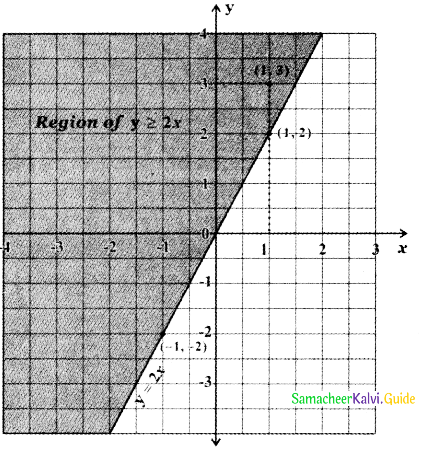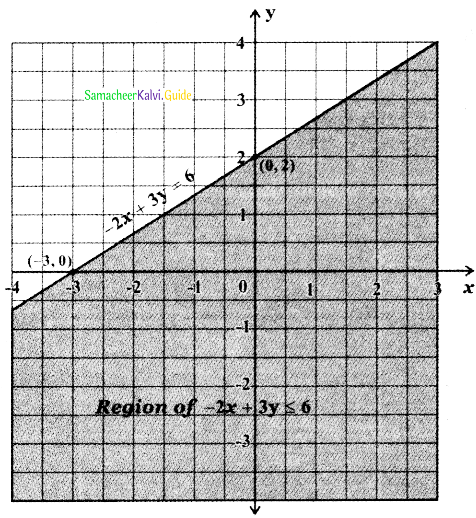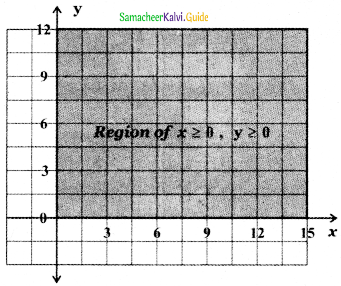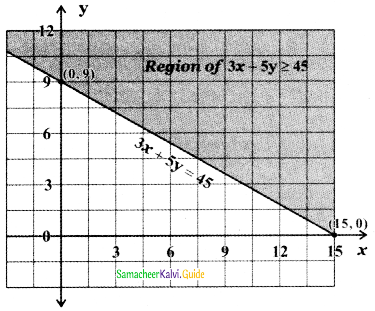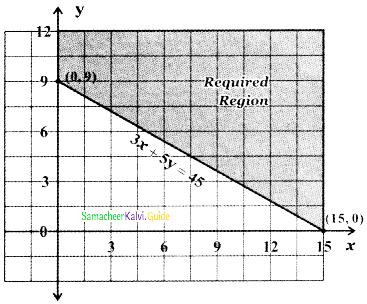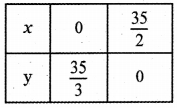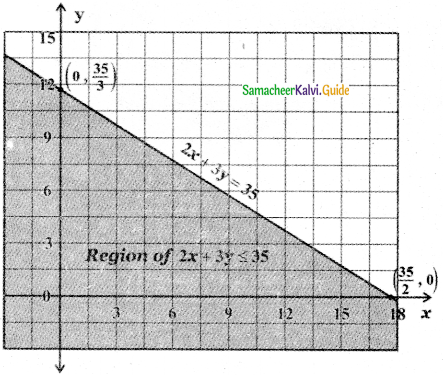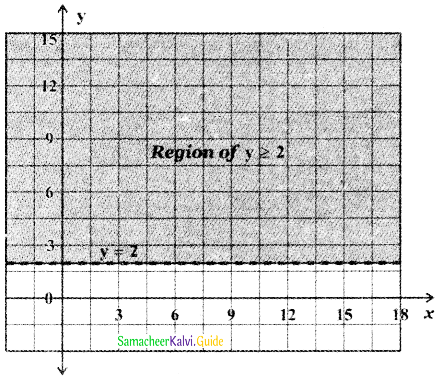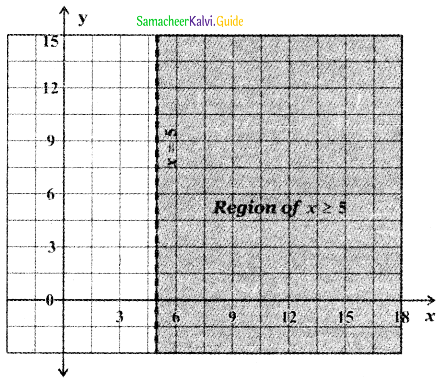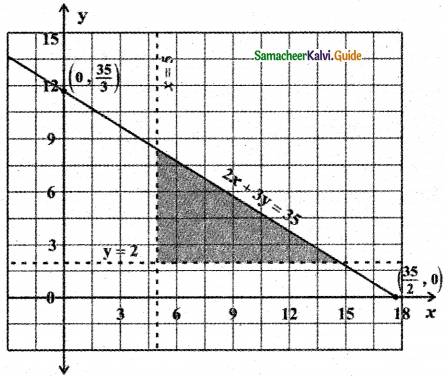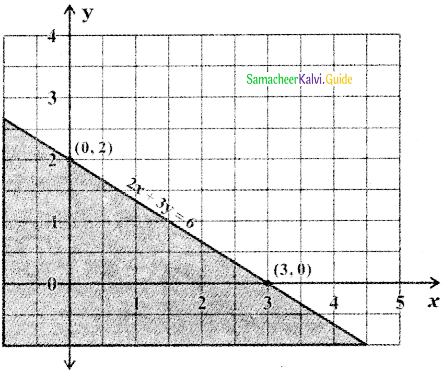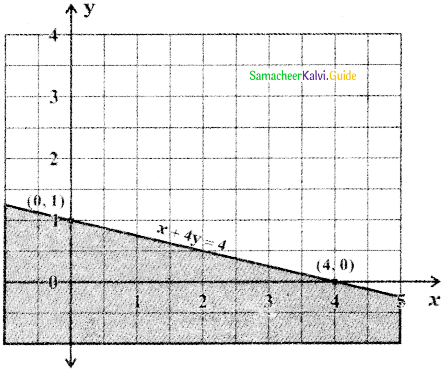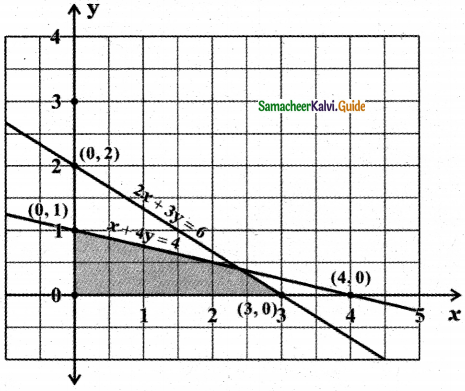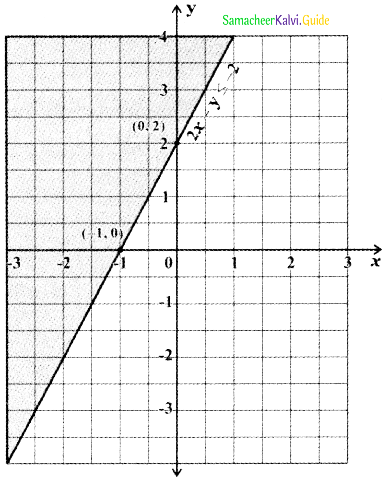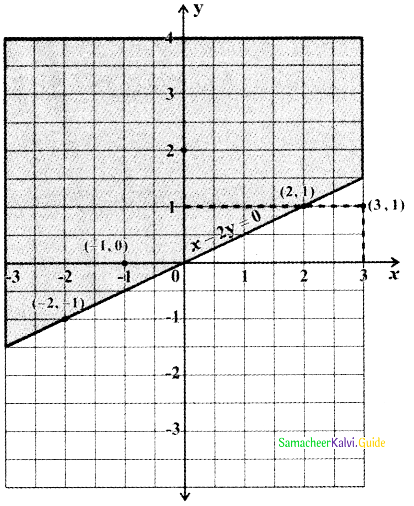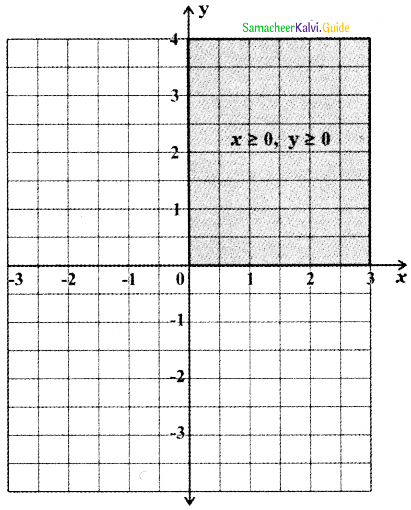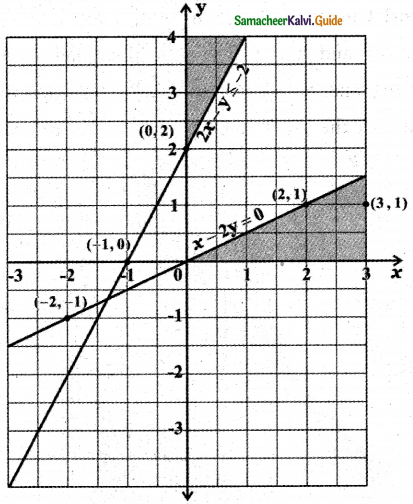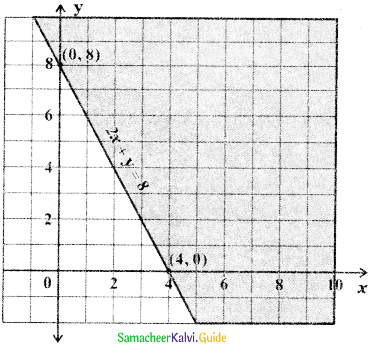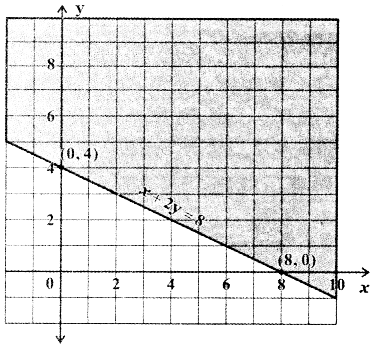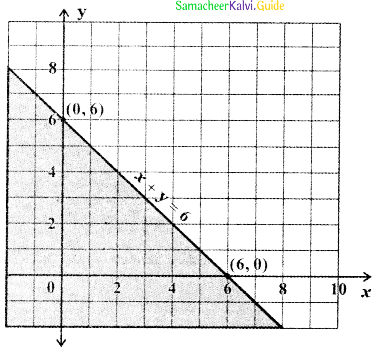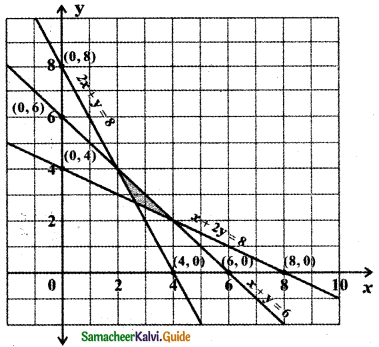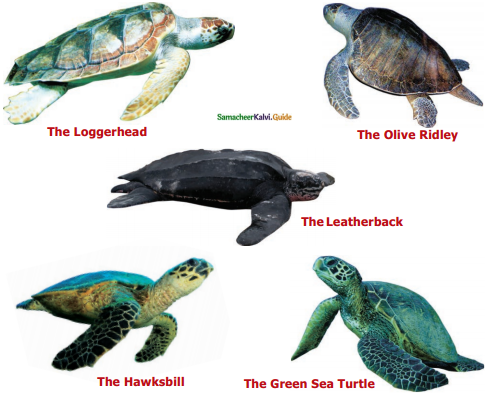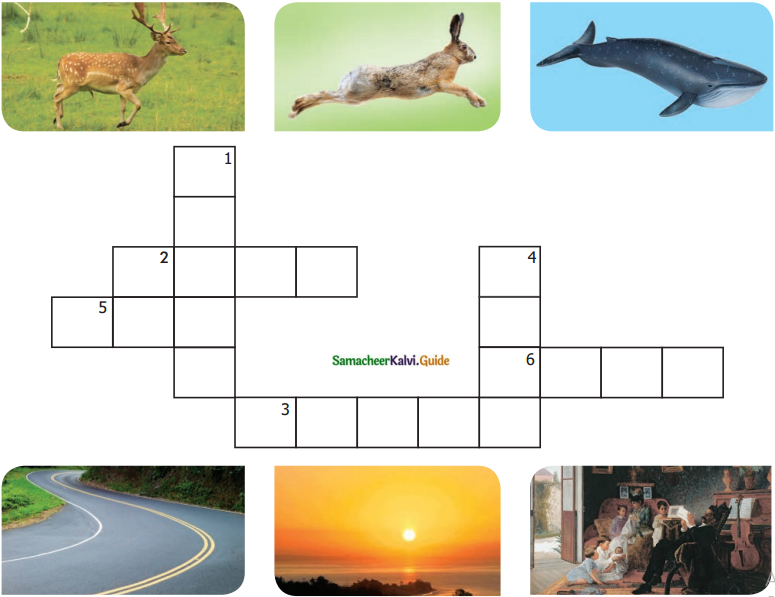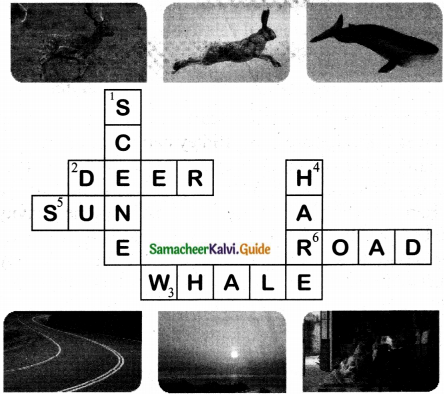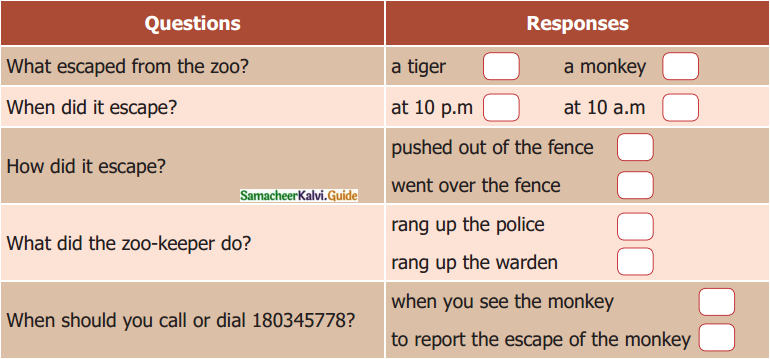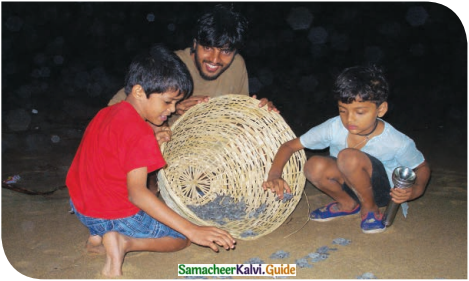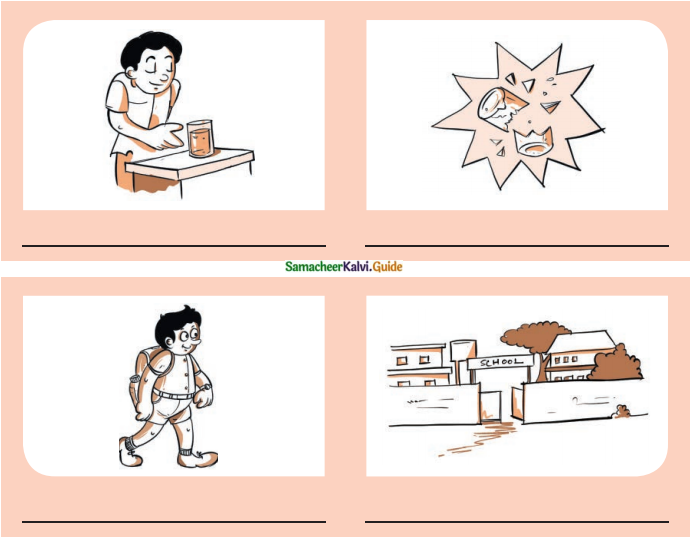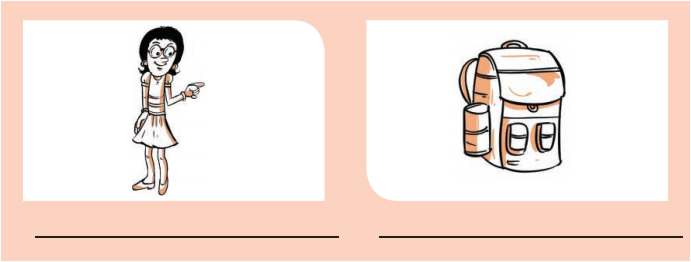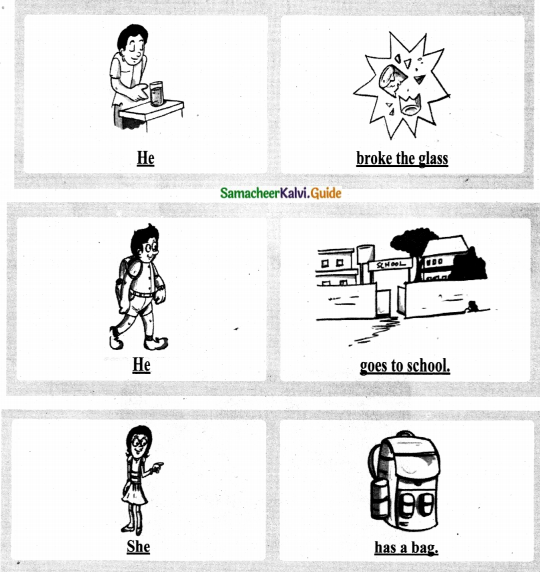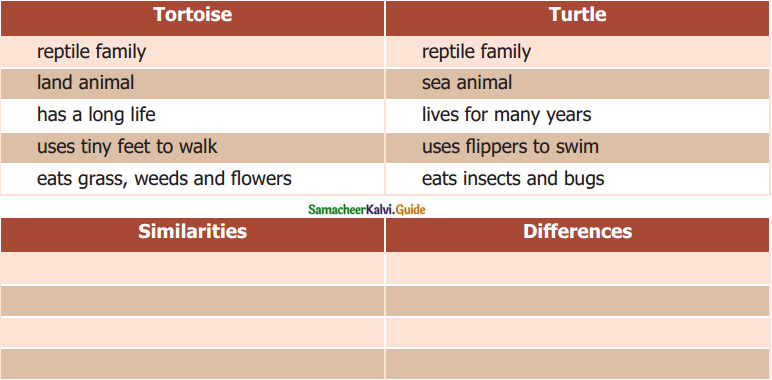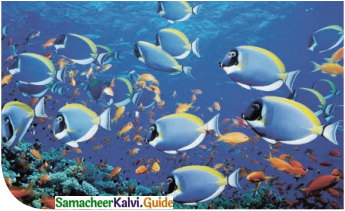Tamilnadu State Board New Syllabus Samacheer Kalvi 4th English Guide Pdf Term 3 Prose Chapter 3 The Struggling Star Text Book Back Questions and Answers, Summary, Notes.
Tamilnadu Samacheer Kalvi 4th English Solutions Term 3 Prose Chapter 3 The Struggling Star
4th English Guide The Struggling Star Text Book Back Questions and Answers
![]()
A. Choose the best answer.
Question 1.
Kartik is ___________
(a) Deaf
(a) Blind
(c) Dumb
Answer:
(b) blind
Question 2.
The Delhi government did not allow blind children to study science after ___________
(a) 8th standard
(b) 10th standard
(c) 12th standard
Answer:
(b) 10th standard
Question 3.
Finally, ___________ he got permission to study Science.
(a) After 11 months
(b) After 7 months
(c) After 9 months
Answer:
(c) After 9 months
Question 4.
He got an admission to study at Stanford University ___________
(a) In the USA
(b) In the UK .
(c) In Russia
Answer:
(a) In the USA
![]()
B. Answer the following questions.
Question 1.
What subject did he like the most?
Answer:
He liked science the most.
Question 2.
How many marks did he score in his 12th board exam?
Answer:
He got more than 95% in his 12th board exam.
Question 3.
What was his dream?
Answer:
His dream was to study in an IIT.
Question 4.
Is there something that you will struggle for? why?
Answer:
I will struggle for the disabled to get a chance to study. Because they have the right to learn.
Question 5.
What was Farhan’s father advice to his son?
Answer:
Farhan’s father advises that, if we work hard, there will always be support for us.
![]()
I. Match the word with its meaning.
Question 1.
Potential – desire
Answer:
Potential – ability
Question 2.
Permission – ability
Answer:
permission – approval
Question 3.
passion – approval
Answer:
passion – desire
![]()
II. Link the correct opposites.
Question 1.
Remember × dull
Answer:
Remember × forget
Question 2.
bright × bad
Answer:
Bright × dull
Question 3.
good × forget
Answer:
good × bad
![]()
III. Fill in the blanks.
1. Kartik studied in ____________ public school..
Answer:
Delhi
Question 2.
He refused to let his ___________ come in his way.
Answer:
Disability
Question 3.
His love for ____________ helped him get more than 95% in his 12th board exam.
Answer:
Science
Question 4.
He will try to make sure that all the ____________ crore people reach their full potential.
Answer:
130
![]()
IV. Answer the following questions.
Question 1.
What is young leaders award?
Answer:
It is an award given to 17 people from around the world every year. It recognises the effort taken by them to make the world a better place.
Question 2.
Who is Kartik?
Answer:
Kartik is a blind technologist who has empowered many other people with disabilities to be successful IT engineers.
Question 3.
What is Farhan’s father’s opinion about ‘change’?
Answer:
Farhan’s father feels that change takes time. We should take work hard and be patient if we want to see change happen around us.
![]()
A. Match the masculine noun with the feminine noun.
Question 1.
Son – princess
Answer:
Son – daughter
Question 2.
Tiger – heroine
Answer:
Tiger – tigress
Question 3.
King – daughter
Answer:
King – queen
Question 4.
Prince – queen
Answer:
Prince – princess
Question 5.
Hero – tigress
Answer:
Hero – heroine
![]()
B. Change the masculine noun to feminine noun in the given sentences.
Question 1.
My uncle presented me a watch. __________
Answer:
Aunty
Question 2.
A young man was driving the car. _____________
Answer:
Woman
Question 3.
May I come in sir? _____________
Answer:
Madam
Question 4.
The waiter took the order. ____________
Answer:
Waitress
Question 5.
The rooster scratched the earth for worms. ____________
Answer:
Hen
![]()
C. Complete each sentence by using the following words.
![]()
Question 1.
Farmer John has four cows and two ____________.
Answer:
Bulls
Question 2.
The bridegroom and the ____________ entered the hall.
Answer:
Bride
Question 3.
The ___________ and queen attended the court.
Answer:
King
Question 4.
Charles greeted his ___________ and aunt.
Answer:
Uncle
Question 5.
I played with my nephew and ___________
Answer:
Niece
![]()
Match the Masculine noun with the Feminine noun.
Question 1.
poet – lady.
Answer:
poet – poetess
Question 2.
host – wife
Answer:
host – hostess
Question 3.
Husband – hostess
Answer:
Husband – wife
Question 4.
Gentleman – poetess
Answer:
Gentleman – lady
Question 5.
monk – spinster
Answer:
monk – nun
Question 6.
wizard – headmistress
Answer:
Wizard – witch
Question 7.
Bachelor – witch
Answer:
Bachelor – spinster
Question 8.
Headmaster – nun
Answer:
Headmaster – headmistress
![]()
The Struggling Star Summary in English and Tamil
Farhan and his father are reading the newspaper the favourite part of his morning. He gets up, brushes his teeth, drinks his milk and sits with his father to read the news every day.
தனக்கு மிகவும் பிடித்த ஒன்றான காலையில் நாளிதழ் வாசிக்கும் செயலை, பர்ஹான் தன் தந்தையுடன்செய்து கொண்டிருந்தான். அவன் தினமும் காலையில் எழுந்து, பல்துலக்கி, பால் குடித்துவிட்டு தன் தந்தையாருடன் அமர்ந்து கொண்டு செய்திகளை வாசிப்பான்.
Farhan: Abbu, what is this y-o-u-n-9 leaders award? Father: It is young leaders award. It is given to only 17 people from around the world every year. It recognises the effort they have taken to make the world a better place.
பர்ஹான் : அப்பு, இந்த இளம் தலைவர்கள் விருது என்றால் என்ன?, தந்தையார் : இது இளம் தலைவர்களுக்கானவிருதாகும். இது உலகம் முழுவதும் உள்ள, மொத்தமே 17 பேருக்கு தான் ஒவ்வொரு வருடமும் வழங்கப்படுகிறது. உலகை ஒரு நல்ல வாழ்விடமாக மாற்றுவதற்காக அவர்கள் எடுத்த முயற்சிக்கான அங்கீகாரமே இந்த விருதாகும்.
Farhan: Wow! Only 17? I am so proud that an Indian has got this award. Father: Do you know why he got it? Farhan: No, can you please tell me? Father: I am happy that you asked. It is very important to not only be proud when we see or hear such news. We should also… Farhan: Learn from it! Yes, Abbu I remember this. Father: Very good! Kartik is a technologist who has not let his disability stop him from learning. Not only that, he has empowered other people with disabilities to be successful IT engineers.
பர்ஹான் : வாவ்! வெறும் 17 பேர் தானா? ஓர் இந்தியருக்கு இந்த விருது கிடைத்தது எனக்குபெருமிதமாக உள்ளது. தந்தை : அவருக்கு எதற்கு அது அளிக்கப்பட்டதென தெரியுமா? பர்ஹான் : தெரியாது, எதற்கு என எனக்கு தயவு செய்து கூற முடியுமா?தந்தை : நீ கேட்டது எனக்கு சந்தோஷமாக உள்ளது.இதில் முக்கியமானதென்னவென்றால், – இம்மாதிரி செய்திகளை பார்ப்பதோ கேட்பதோ முக்கியமல்ல, நாம்…. பர்ஹான் : இதிலிருந்து கற்றுக்கொள்ள வேண்டும்.ஆம் அப்பு, நான் இதை நினைவில் கொண்டுள்ளேன். 95 தந்தை : மிக நன்று. கார்த்திக் ஒரு தொழிநுட்ப நிபுணர். அவர் தன்னுடைய உடல் குறைபாடு, தான் கல்வி பயிலுவதை தடுக்க அனுமதிக்கவில்லை . அதுமட்டுமல்ல, இது போல் உடற்குறைபாடுகள் உள்ள மற்றோரையும் வெற்றிகரமான தகவல் தொழில்நுட்ப பொறியாளர்களாக மாற்றியுள்ளார்.
![]()
Farhan: What disability?Father: Kartik is blind. Let me tell you the story of his childhood. Kartik studied in Delhi Public School in New Delhi. He was a smart and bright student. Kartik did well in all subjects but he liked science the most. Everything was good for Kartik till his 10th standard After scorina full marks in 10th standard public exam, Kartik wanted to study Science in 11th and 12th standard.
பர்ஹான் : உடற்குறைபாடு என்றால் என்ன? தந்தை : கார்த்திக் கண் பார்வை அற்றவர். அவருடைய கதையை நான் உனக்கு கூறுகிறேன். டெல்லி பப்ளிக்பள்ளியில் படித்த அவர் ஒரு சாமர்த்தியமான, சிறந்த மாணவர். கார்த்திக் எல்லா பாடங்களிலும் சிறப்பாக தேர்ந்திருந்தாலும், அவருக்கு அறிவியல் தான் மிகவும் பிடிக்கும். பத்தாம் வகுப்பு பயிலும் வரை கார்த்திக்குக்கு அனைத்தும் சிறப்பாக இருந்தது. பத்தாம் வகுப்பிற்கான பொதுத் ‘ தேர்வில் முழு மதிப்பெண்கள் எடுத்ததும், கார்த்திக் அறிவியல் பாடமாகக் கொண்டு 11 மற்றும் 12ம் வகுப்பு படிக்க எண்ணினார்
Farhan: I am sure, he got it. He got full marks in 10th exams! Father: No. Actually, the government rule in Delhi did not allow blind children to study science after 10th standard. Farhan: I do not think that’s fair. Everyone should be able to study what they like! Father: This is what Kartik also felt. He loved Science, and he wanted to study that. He refused to let his disability come in the way: He challenged the government and held campaigns to get permission. Finally, after nine months, he get permission to study science. Not only that, he made sure that all blind students have permission to study Science if they want!
பர்ஹான் : அவருக்கு அது நிச்சயம் கிடைத்திருக்கும்.ஏனெனில் அவர் 10ம் வகுப்பு தேர்வுகளில் முழு மதிப்பெண்களை பெற்றிருந்தாரே!தந்தை : இல்லை . ஏனெனில் தில்லியில் உள்ள அரசு விதிப்படி, பார்வை இழந்த மாணவர்கள் பத்தாம்வகுப்பிற்கு பிறகு அறிவியல் பயில இயலாது. பர்ஹான் : இது சரியல்ல என்று நான் எண்ணுகிறேன். தான் விரும்புவதை படிக்க அனைவராலும் இயலவேண்டும். தந்தை : இதையேதான் கார்த்திக்கும் நினைத்தார். அவருக்கு அறிவியல் படிக்க விருப்பம் இருந்ததால், அதை பயில அவர் விரும்பினார். அதற்கு தன் உடற்குறைபாடு குறுக்கிடுவதை அவர் விரும்பவில்லை.அனுமதி பெறுவதற்காக அவர் அரசை எதிர்த்து பல பிரசார கூட்டங்களை நடத்தினார். முடிவில் ஒன்பது மாதங்களுக்குப் பிறகு அறிவியல் பயில அவருக்கு அனுமதி கிட்டியது. அது மட்டுமல்ல, மற்ற பார்வையற்ற மாணவர்களும் விரும்பும் பட்சத்தில் அறிவியல்பயிலுவதை அவர் உறுதிப்படுத்தினார்.
![]()
Farhan: Wow! 9 months is so long! I am sure I would have given up. Father: Change takes time Farhan. We should take work hard and be patient if we want to see change happen around us. Like Kartik was the first blind student in India to study Science. Farhan: What did Kartik do after that? Father: Kartik’s dream and passion were never limited. His love for Science helped him get more than 95% in his 12th board exam. His dream was to study in an IIT. IIT is one of the best colleges in our country! Farhan: I want to study in IIT too!
பர்ஹான் : வாவ்! ஒன்பது மாதங்களுக்கு பிறகா! நானாக இருந்தால் கைவிட்டிருப்பேன்!தந்தை : மாறுதலுக்கு காலம் தேவைப்படும் பர்ஹான். எவ்வாறு கார்த்திக் இந்தியாவில் அறிவியல் பயின்ற முதல் பார்வையற்ற மாணவராய் ஆனாரோ, அதே போல நம்மை சுற்றி மாற்றம்ஏற்படுவதைகாண வேண்டுமென்றால், அதற்கு நாம் கடுமையானஉழைப்புடன், பொறுமையோடும் இருக்க வேண்டும். பர்ஹான் : அதன் பிறகு கார்த்திக் என்ன செய்தார்? தந்தை : கார்த்திக்கின் கனவும், விருப்பமும் அளவிலடங்காதவை. அறிவியலின் மீதான அவரது விருப்பம் 12ம் வகுப்பு தேர்வில் அவரை 95% மதிப்பெண்க ளுக்கும் மேல் பெற வைத்தது. ஐஐடியில் படிப்பது அவருடைய கனவாக இருந்தது. ஐஐடி நாட்டின்தலைசிறந்த கல்லூரிகளில் ஒன்றாகும். பர்ஹான் : நானும் ஐஐடியில் பயில விரும்புகிறேன்.
Father: Good! But only if you want to study Science. Every subject has different best colleges. We will talk about that some other day. So, as I was saying, he wanted to study in the IIT But, none of the sixteen IITs in India enrolled him.
தந்தை : நல்லது. ஆனால் அது நீ அறிவியல் பயில் விரும்பினால் மட்டுமே! ஒவ்வொரு பாடத்திற்கும் பலசிறந்த கல்லூரிகள் உள்ளன. அதைப் பற்றி நாம் வேறொரு நாள் பேசுவோம். எனவே, நான் கூறியது போல, அவர் ஐஐடியில் படிக்க விரும்பினார், ஆனால் நாட்டில் உள்ள 16 ஐஐடிகளில் எதுவும் அவரை சேர்த்துக் கொள்ளவில்லை .
Farhan: What? Again? Father: Yes, Kartik was sincere and learned well. He was also very good at Science. But our colleges did not recognise his talent and treated him unfairly.
பர்ஹான் : ஏன்? மறுபடியுமா? தந்தை : ஆம், கார்த்திக் உண்மையானவராகவும்நன்கு பயில்பவராகவும் இருந்தார். அவர் அறிவியலில் மிகச் சிறந்தவர். ஆனாலும் நம் கல்லூரிகள் அவரது திறமையை அங்கீகரிக்காமல், அவரை நியாயமின்றி நடத்தின.
![]()
Farhan: Then? Did he change their mind Father: Yes, he did! After many months too? he made the colleges open their doors to blind students. This helped nearly 15 blind students to study engineering in these colleges. I Farhan: He must be a strong person. Father: Yes, he is strong. He is strong in his beliefs and learnings. He is strong in the effort he puts. What do you think he did after that? Farhan: He must have studied in the IIT. Father: No, he did not. He got an admission to study at Stanford University in the USA. It is one of the best colleges in the world. He went there and studied computers. Farhan: Amazing!
பர்ஹான் : பிறகு? அவர் அவர்களின் மனதையும் மாற்றிவிட்டாரா? தந்தை : ஆம், அவர்களின் மனதையும் மாற்றிவிட்டார்.பல மாதங்களுக்கு பிறகு கல்லூரிகள் பார்வையற்ற மாணவர்களுக்கும் தங்கள் கதவுகளை திறக்க அனுமதி பெற்றார். இதன்மூலம் சுமார் 15 பார்வையற்ற மாணவர்கள் பொறியியல் படிக்இணைந்தனர். பர்ஹான் : அவர் மிகவும் உறுதியான மனிதராக இருக்க வேண்டும். தந்தை : ஆம்! அவர் வலிமையானவர் தான். அவர்தனது நம்பிக்கைகளிலும், அறியும் திறனிலும் உறுதியானவராய் இருந்தார். தான் எடுக்கும் முயற்சிகளில் அவர் உறுதியானவராய் இருந்தார். இதன் பிறகு அவர் என்ன செய்தாரென்று தெரியுமா? பர்ஹான் : அவர் ஐஐடில் பயின்றிருப்பார்! தந்தை : இல்லை , அவர் அவ்வாறு செய்யவில்லை.அமெரிக்காவில் உள்ள ஸ்டேன்போர்ட் பல்கலை கழகத்தில் பயில்வதற்கு அவருக்கு அனுமதி கிடைத்தது. உலகின் சிறந்த கல்லூரிகளில் அதுவும் ஒன்றாகும்.அங்கு அவர் சென்று கணினி படிப்பை படித்தார். பர்ஹான் : அற்புதம்!
Father: He also started two more companies that aim at helping children with disabilities reach their full potential. He believes that education and technology are important to ensure children learn and sustain themselves. He says that he will try for many more months and years to come to make sure that all the 130 crore people reach their full potential. Farhan: He is inspiring. I will also work hard and achieve my dreams, even if I don’t always have the support I need Father: Very good! If we work hard, there will always be support for us. Sometimes the support comes from outside, but many times it comes from within us. Now, go get ready. It is time to go to school. Farhan: Yes Abbu.
தந்தை : ஊனமுற்ற, குறைபாடுள்ள குழந்தைகள் தங்களுடைய முழு திறமை (சாதனை) களைஅடைய உதவுவதற்காக இரண்டு நிறுவனங்களைத் துவங்கினார். கல்வி, தொழில்நுட்பம் ஆகிய இரண்டுமே, குழந்தைகள் பயின்று தங்களை நிலைநிறுத்திக் கொள்ள முக்கியமானவையாகும் என அவர்நம்பினார். பல மாதங்களும், வருடங்களும் உழைத்து 130 கோடி மக்களும் தங்கள் முழு திறனை அடைவதனை உறுதிசெய்ய தாம் முயலப் போவதாகவும் அவர் தெரிவித்தார். மனிதராக உள்ளார். நானும் கடுமையாய் உழைத்து என் கனவுகளை, ஆதரவு இல்லாவிட்டாலும்கூட தந்தை : மிகவும் நல்லது. நாம் கடுமையாய்உழைத்தால் நமக்கு எப்போதும் ஆதரவு கிட்டும். சில 12 நேரங்களில் அது வெளியிலிருந்து வரும், ஆனால் பல நேரங்களில் நம் உள்ளிருந்தே வரும். இப்போது பள்ளி செல்லும் நேரமாகிவிட்டதால், தயாராகு. பர்ஹான் : சரி, அப்பா .
![]()
The Struggling Star Glossary
Campaigns – activities for some specific purpose
Disability – handicap
Empowered – to give the authority or power
Ensure – to make sure
Enrolled – to be listed
Favourite – most liked
Inspiring – to influence/attract
Potential – talent / ability
Permission – approval
Passion – desire
Recognize – to know/ accept someone or something
Sustain – keep going
Successful – victorious
Sincere – honest
Unfairly – unjust
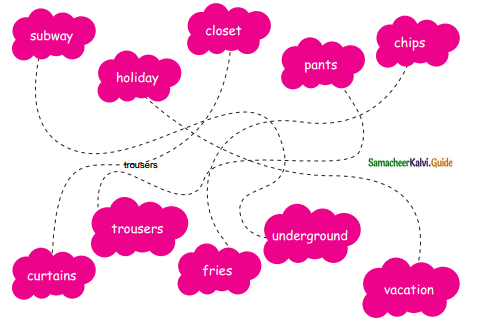
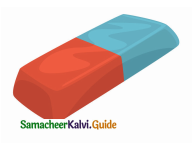
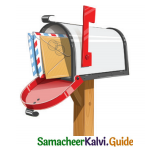
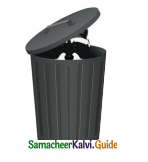

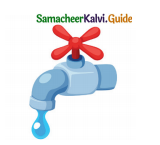
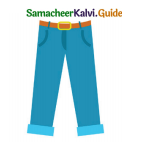
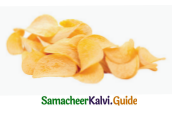
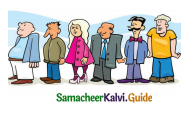
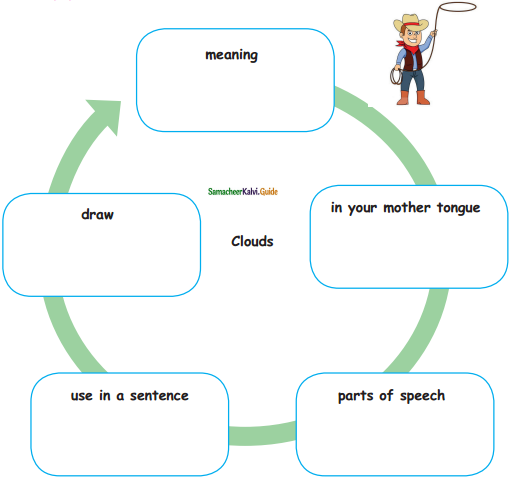
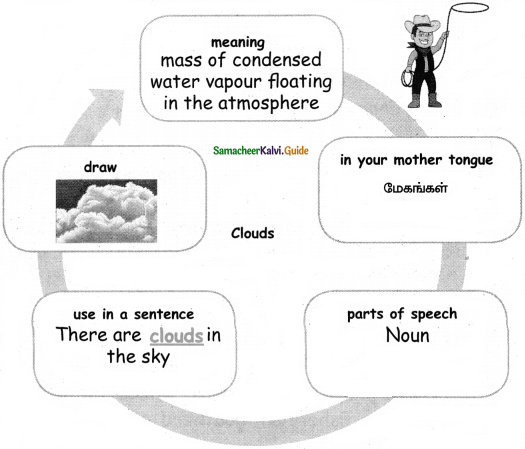

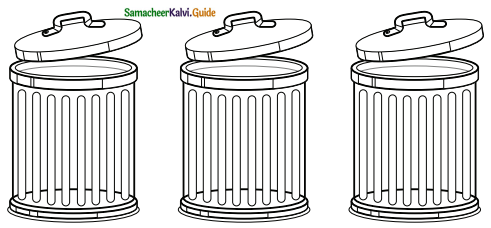

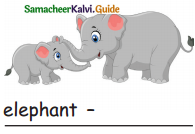
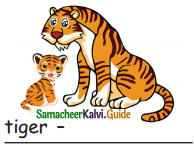
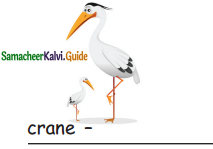
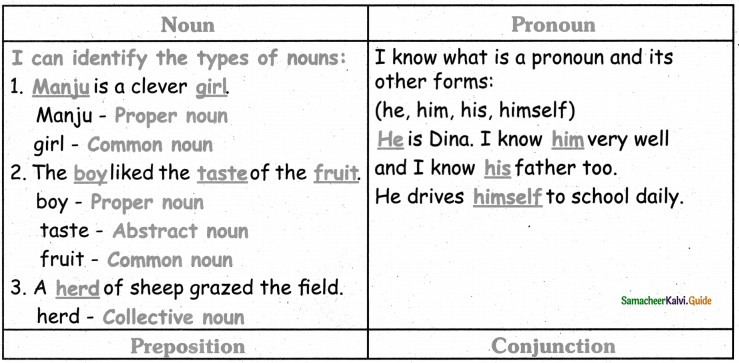
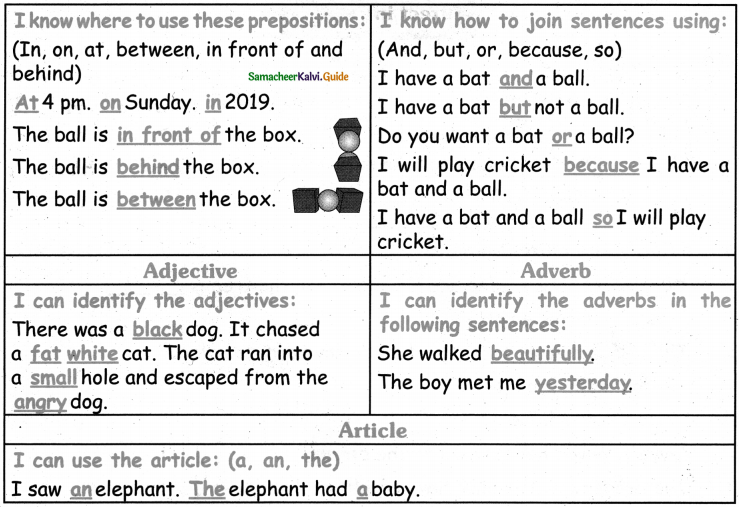

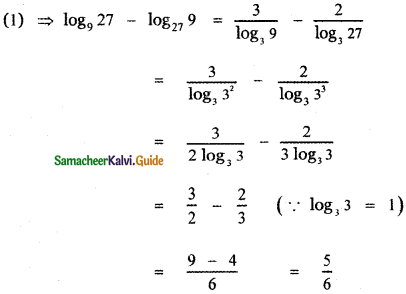
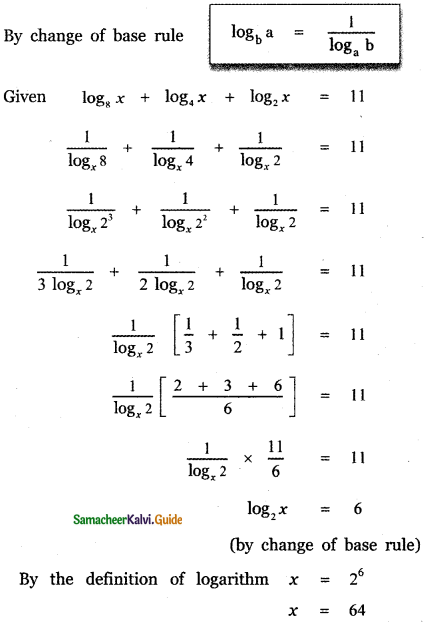
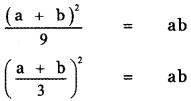
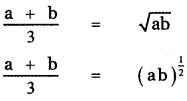
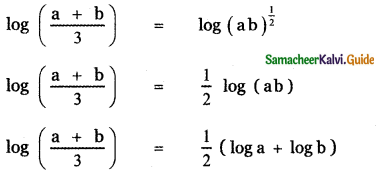
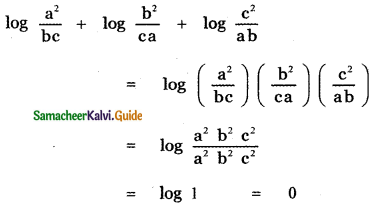
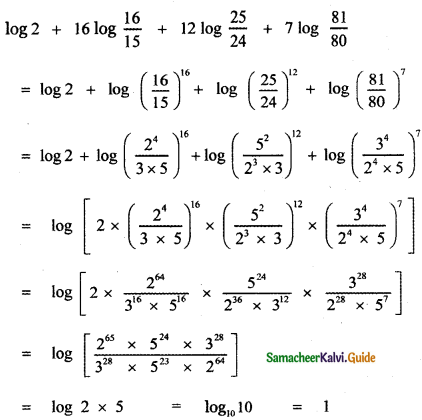
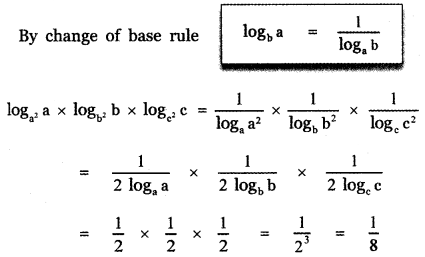
 , then prove that xyz = 1
, then prove that xyz = 1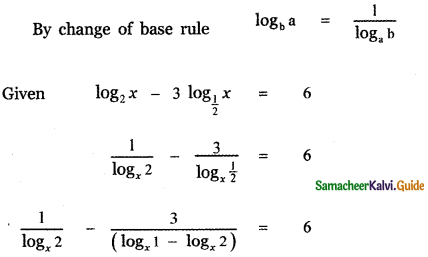
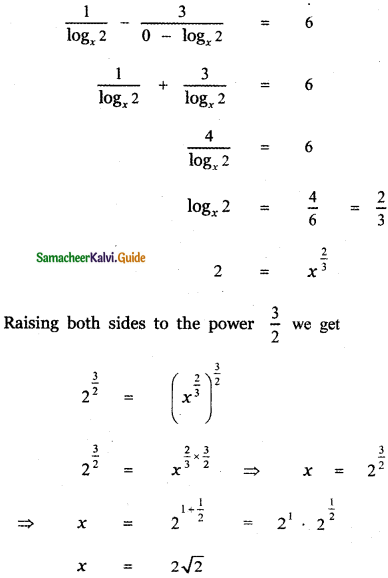
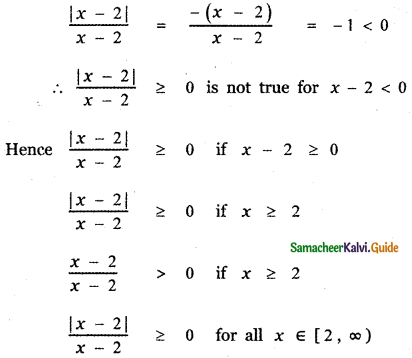
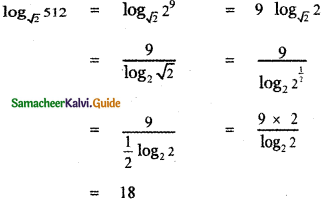
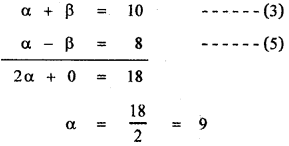
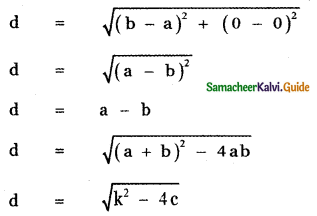
 then the value of k is
then the value of k is
 , then the value of A + B is
, then the value of A + B is
